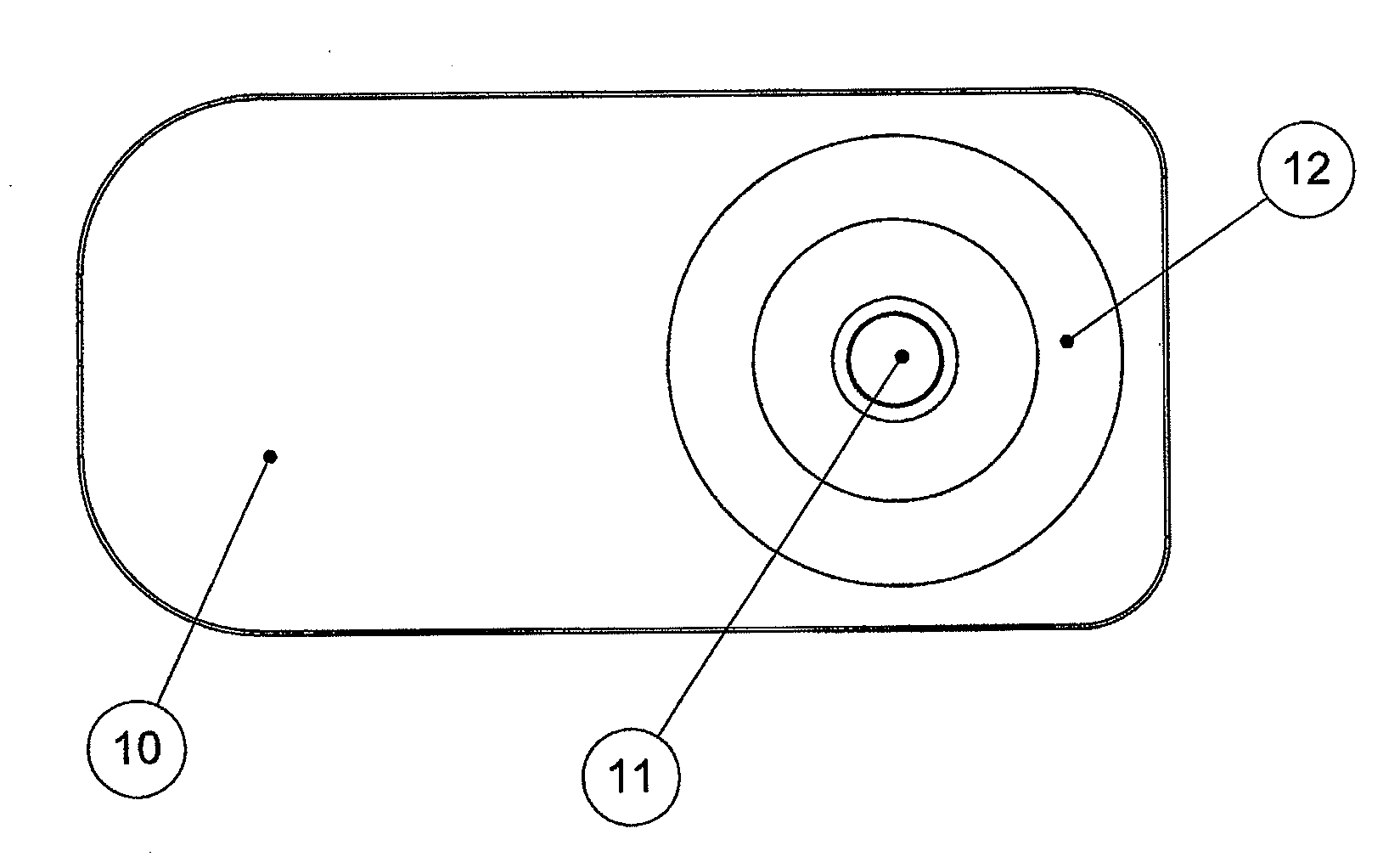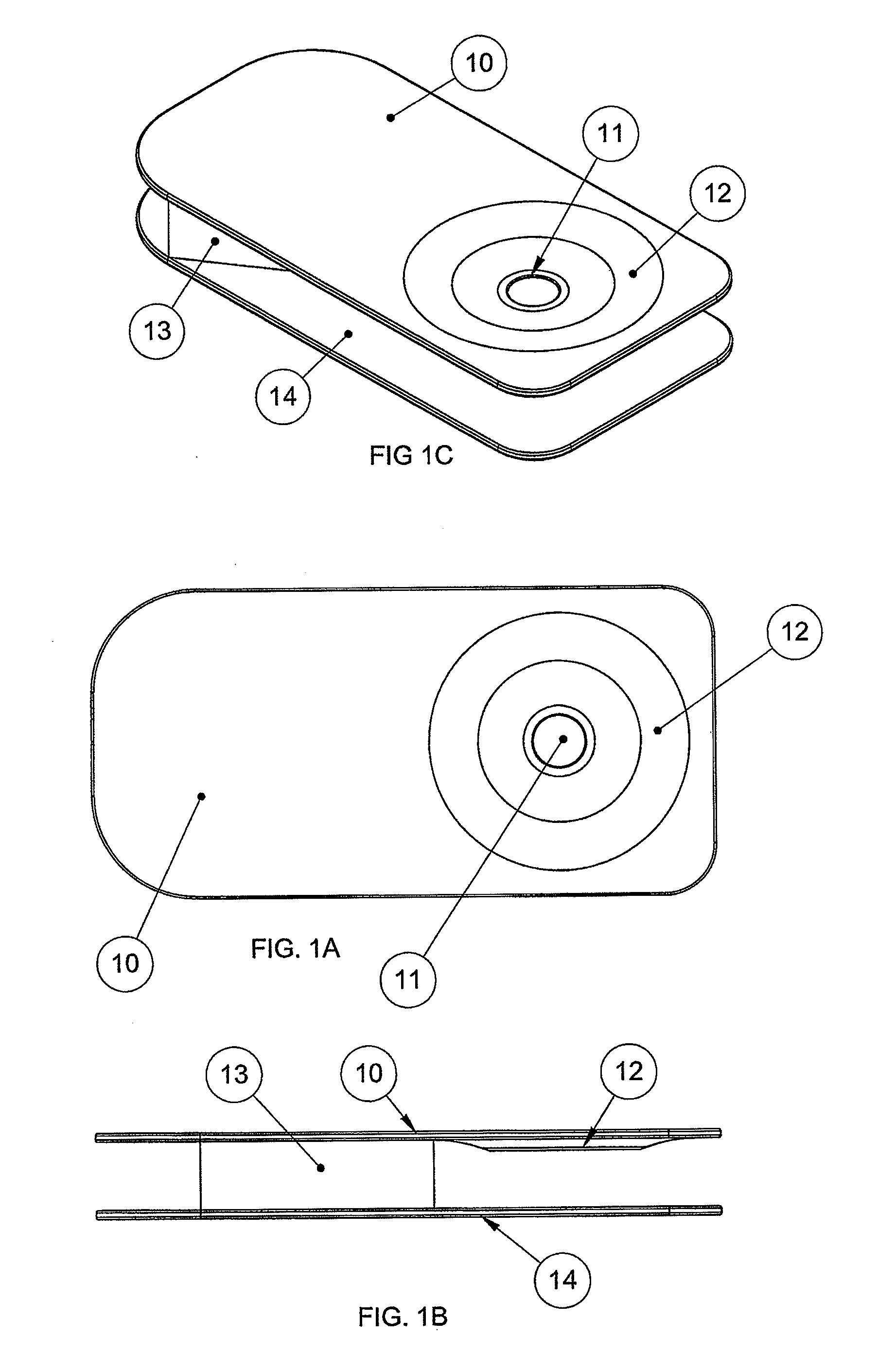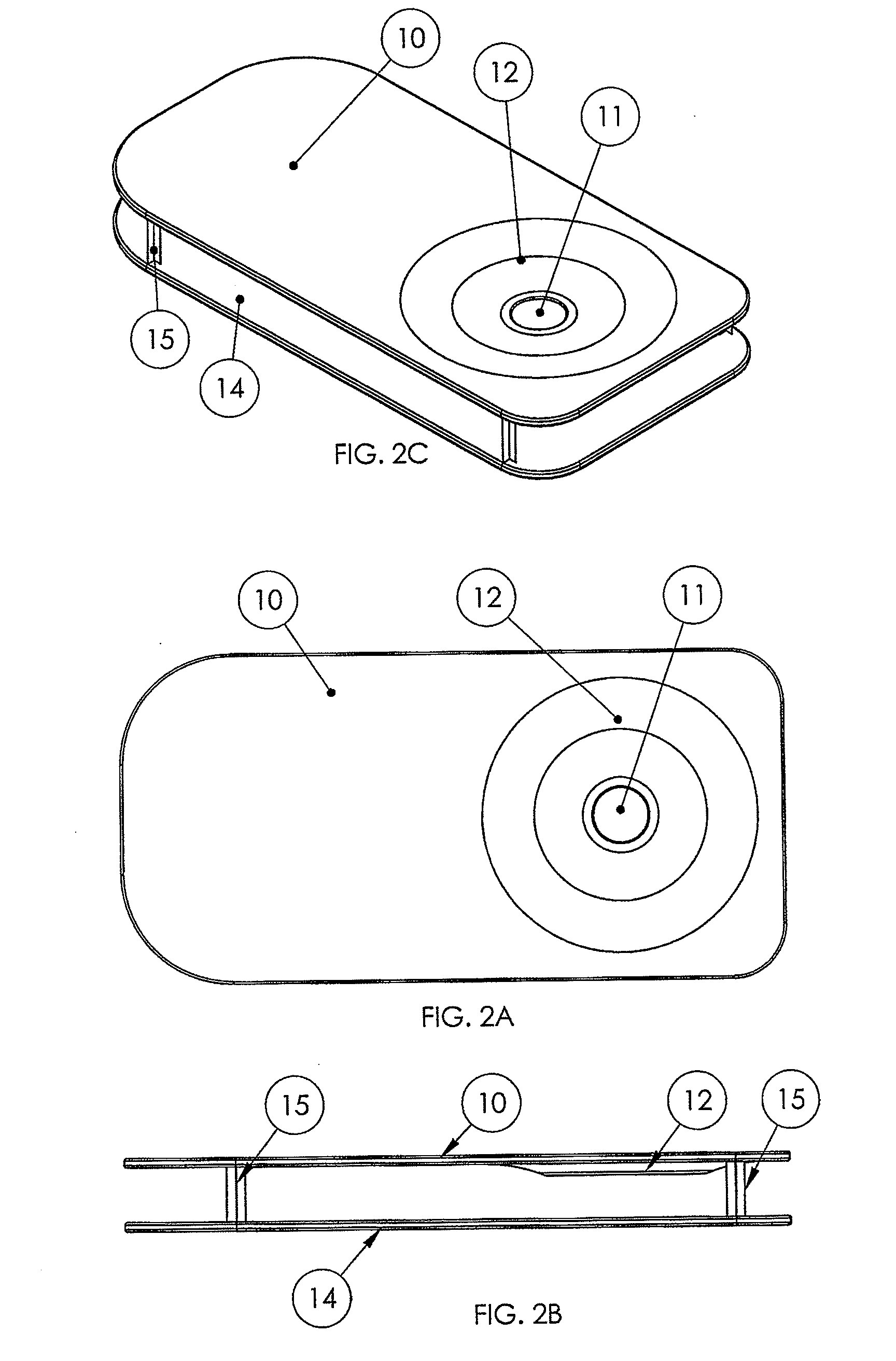Patient support system for full access prone position breast radiotherapy
a support system and breast radiotherapy technology, applied in the direction of patient positioning for diagnostics, therapy, application, etc., can solve the problems of inability to access from more than a few angles, inability to locate the beam with respect to the target, and inferior supine position
- Summary
- Abstract
- Description
- Claims
- Application Information
AI Technical Summary
Benefits of technology
Problems solved by technology
Method used
Image
Examples
Embodiment Construction
[0054]This invention combines a unique support system with novel geometric motions to allow access to treat the breast in the prone position from up to 360 degrees. Presently this range of access and motion is not possible with conventional LINAC couches or existing attachments. An anatomically designed patient support surface 10 with contour 12 provides a surface for the patient to lie on during positioning and treatment. The contour 12 of the support surface 10 combined with the shape and size of the aperture 11 allows the patient to lie comfortably in position during set-up and treatment while allowing the anatomical volume of interest to protrude through the aperture 11. A series of inserts of different size, shape, and symmetry (not shown) can be provided to allow small breasts to be treated comfortably in one extreme, while a large, asymmetrically shaped aperture can allow the chest wall and other related anatomy such as the axilla to be accessed for treatment. The support sys...
PUM
 Login to View More
Login to View More Abstract
Description
Claims
Application Information
 Login to View More
Login to View More - R&D
- Intellectual Property
- Life Sciences
- Materials
- Tech Scout
- Unparalleled Data Quality
- Higher Quality Content
- 60% Fewer Hallucinations
Browse by: Latest US Patents, China's latest patents, Technical Efficacy Thesaurus, Application Domain, Technology Topic, Popular Technical Reports.
© 2025 PatSnap. All rights reserved.Legal|Privacy policy|Modern Slavery Act Transparency Statement|Sitemap|About US| Contact US: help@patsnap.com



